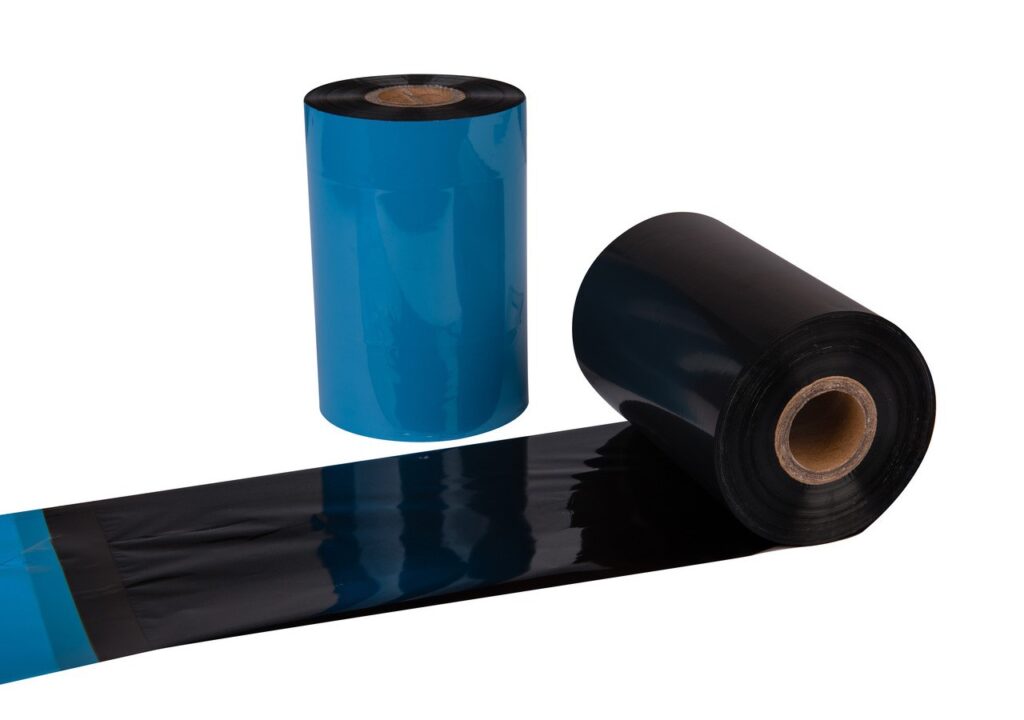
In the realm of barcode printing and label creation, thermal transfer technology plays a pivotal role, and at the heart of this technology are the essential components known as thermal transfer ribbons. These unassuming yet indispensable elements come in various types, each tailored to specific applications, ensuring high-quality, durable, and long-lasting labels. In this article, we delve into the world of thermal transfer ribbons, discussing their types, benefits, and applications, with a special focus on the Zebra barcode printer ribbon.
Types of Thermal Transfer Ribbons
- Wax Ribbons: Wax ribbons are the most commonly used type of thermal transfer ribbons. They consist of wax-based ink that is melted onto paper labels when heated by the printer’s thermal printhead. Wax ribbons are ideal for printing on plain paper materials and are best suited for applications that don’t require extreme durability. They offer good print quality, especially text, and barcodes, making them suitable for general-purpose labeling and retail applications.
- Wax/Resin Ribbons: Wax/resin ribbons combine the qualities of both wax and resin materials. They provide a balance between print durability and cost-effectiveness. These ribbons are capable of producing high-quality images on various label materials, including synthetics. The printouts are more resistant to smudging and scratching compared to wax ribbons, making them suitable for applications that require a moderate level of durability, like inventory management and product labelling.
- Resin Ribbons: Resin ribbons are the top tier in terms of durability and longevity. They are designed for demanding applications where labels must withstand harsh conditions such as extreme temperatures, chemicals, and outdoor exposure. Resin ribbons are commonly used for labeling items like medical devices, electronics, and industrial equipment. They produce sharp and resistant prints on synthetic labels, but they do come at a higher cost compared to wax and wax/resin ribbons.
Benefits of Thermal Transfer Ribbons
- Print Quality: Thermal transfer ribbons offer exceptional print quality, ensuring that barcodes, text, and graphics are sharp and easily scannable. This is crucial in industries where accurate data capture is vital for operations.
- Durability: The type of ribbon chosen directly impacts the durability of printed labels. Wax, wax/resin, and resin ribbons provide varying levels of resistance to abrasion, moisture, chemicals, and environmental conditions.
- Versatility: Thermal transfer ribbons can be used on a wide range of label materials, including paper, polyester, polypropylene, and more. This versatility makes them suitable for diverse applications across industries.
- Longevity: Labels printed using thermal transfer ribbons tend to have a longer lifespan compared to direct thermal labels, as the ink is protected by a layer of ribbon material.
Zebra Barcode Printer Ribbon
One notable player in the thermal transfer ribbon domain is Zebra Technologies, renowned for its high-performance barcode printers and related accessories. The Zebra barcode printer ribbon line encompasses a variety of ribbon types, each crafted to meet specific requirements. Whether it’s the cost-effective wax ribbons for general labeling needs, the durable wax/resin ribbons for product identification, or the robust resin ribbons for industrial applications, Zebra has a solution tailored to every use case.
In Conclusion
Thermal transfer ribbons are the unsung heroes behind the crisp and durable labels that are omnipresent in today’s world. Their importance cannot be overstated, as they bridge the gap between digital information and the tangible world. From basic retail labelling to intricate industrial tracking, the right choice of thermal transfer ribbon can greatly influence the success of any application. And within this landscape, the Zebra barcode printer ribbon stands as a testament to quality and reliability, catering to the diverse needs of businesses across various industries.